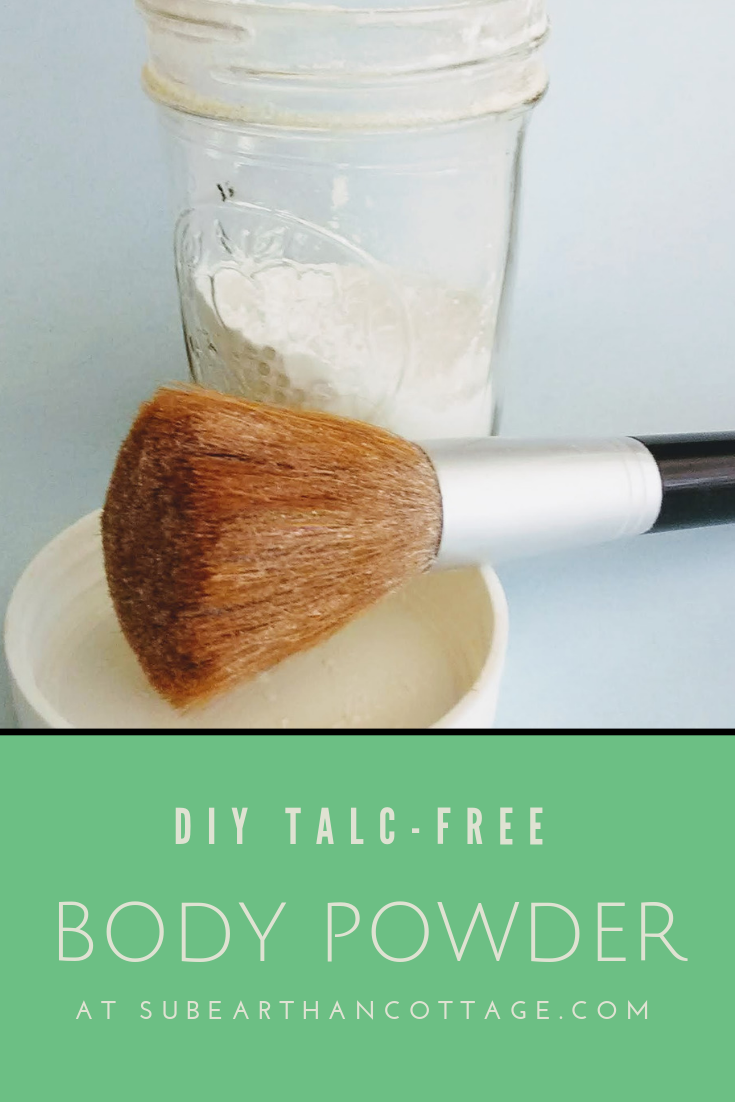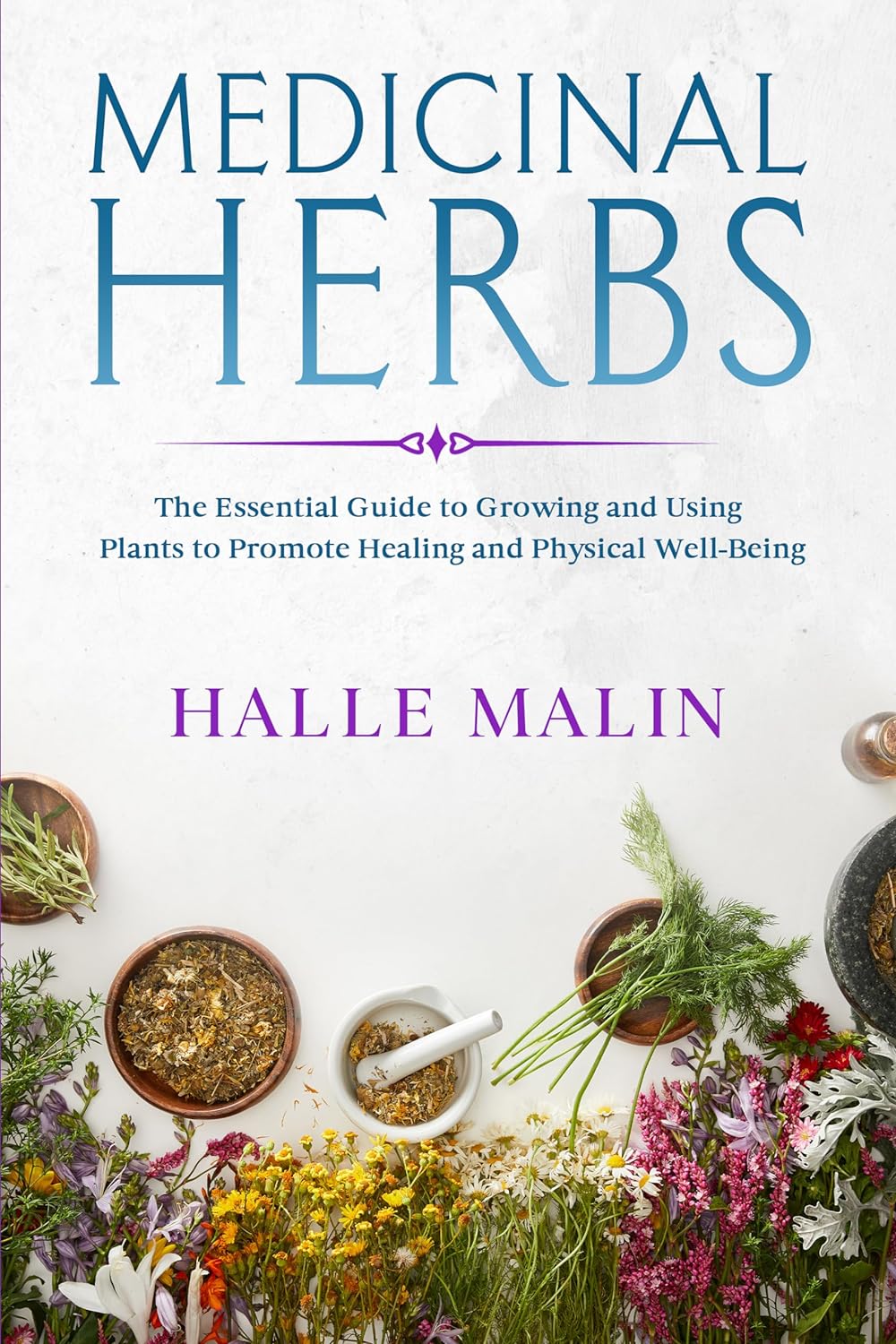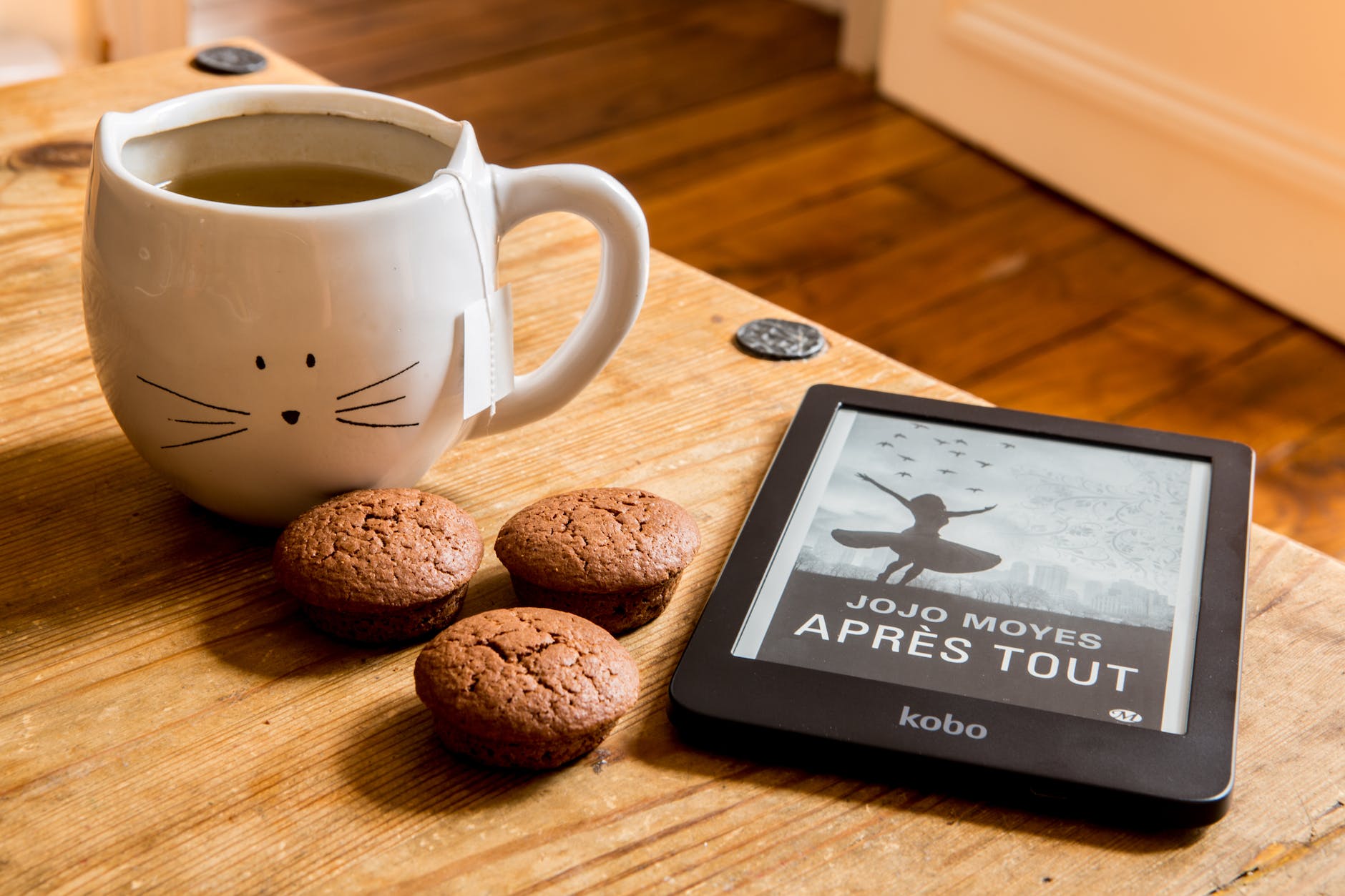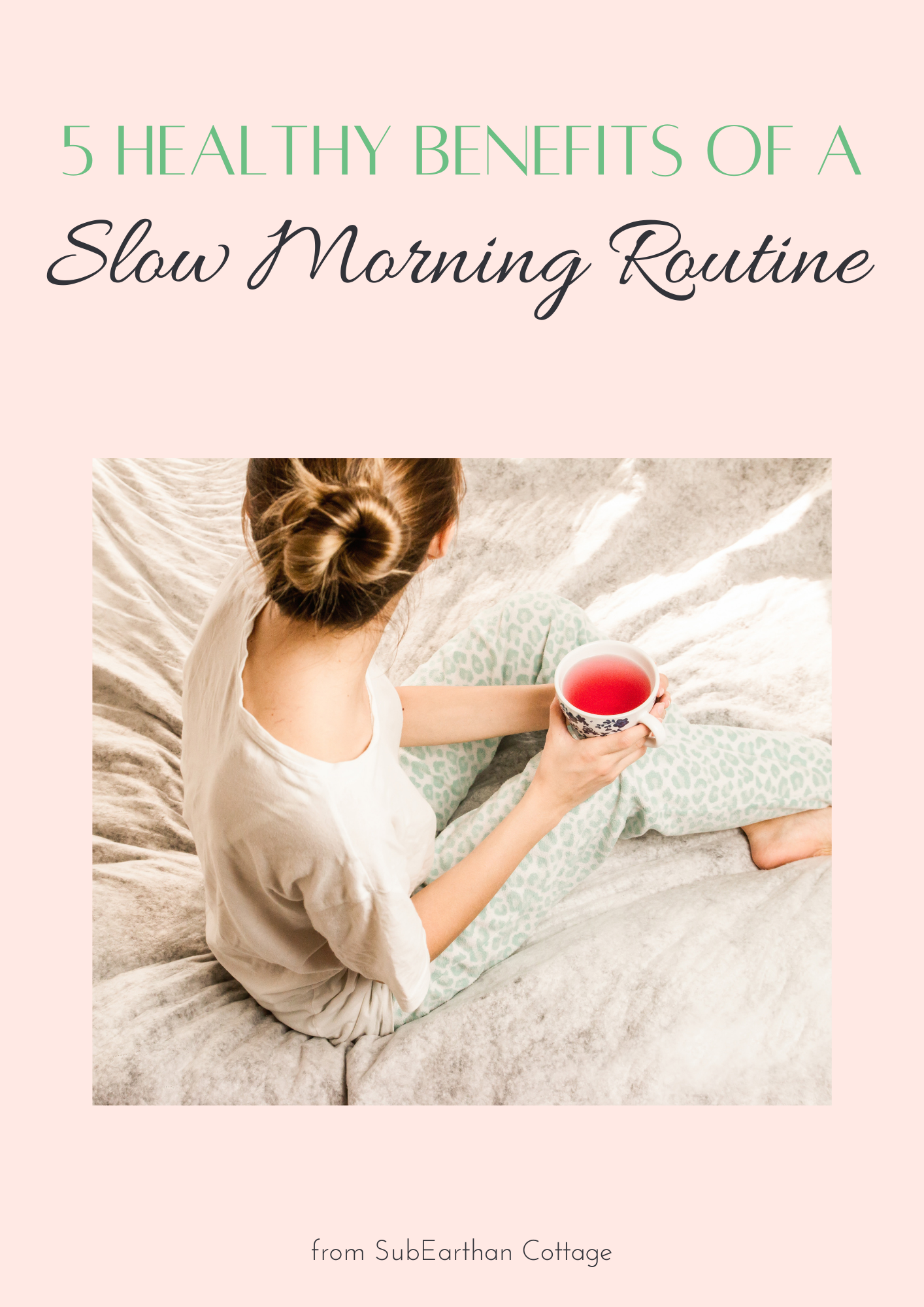
Back in February of 2020 I posted a price comparison between Walmart and Kroger to see who had the cheapest prices on groceries. As much as I’d rather not compare today’s prices to those from five years ago (ouch!) I thought it would be a good time to see if Kroger is still the winner.
Kroger vs. Walmart: The Plan
As I did last time, I created a grocery pickup list for each store. While our dietary needs have changed a bit over the past five years, for simplicity’s sake I kept the same list. It’s still pretty accurate representation of staples I regularly purchase. As much as possible, I matched brands at each store or chose the store brand at both. I used the normal price rather than the sale price where applicable. Due to previously being strictly gluten and dairy free, things like bread and milk that most people regularly purchase won’t be on my list.
The Food and Price Comparison
- Coffee: Kroger Select Blend Medium Roast, 30.5 oz, $9.99. Walmart Great Value Classic Roast Medium Ground Coffee, 30.5 oz. $10.93. Winner:
WalmartKroger (Also, this one HURT. If you’re a big coffee drinker, too, you may not want to revisit the 2020 prices.) - Frozen Mixed Vegetables: Kroger Store Brand, 32 oz, $2.99. Walmart Great Value Brand, 32 oz, $2.48. Winner: Walmart
- Bath Tissue: Kroger 1000 Sheets per Roll Bath Tissue, 12 rolls, $9.29, $0.77 per roll. Walmart Great Value 1000 Bath Tissue Rolls, 16 rolls, $11.62, $0.72 per roll. Winner:
TieWalmart - Cascade Complete Gel Dishwasher Detergent, 75 oz: Kroger $6.99. Walmart $6.44. Winner: Walmart.
- Sugar, Store brands, 4 lbs: Kroger $2.99. Walmart $3.14. Winner:
WalmartKroger - Bananas: Kroger $0.49 per lb. Walmart $0.50 per lb. Winner:
WalmartKroger - Calidad Corn Chips, 11 oz*: Kroger $1.78. Walmart: $2.36. Winner: Kroger *This is downsized from 12 oz five years ago.
- Boneless, Skinless Chicken Thighs: Kroger Heritage Farm, $3.49/lb. Walmart store brand, $2.96/lb. Winner: Walmart
- Ground Beef, 3 lb 80% lean/20% fat, store brands: Kroger $15.49. Walmart $13.23. Winner:
Kroger. Walmart - Honey Nut Cheerios, 10.8 oz: Kroger $4.29. Walmart $3.68. Winner: Walmart
- Pinto Beans, 4 lb bag, Store Brands: Kroger $3.99. Walmart $3.76. Winner:
Kroger. Walmart - Potatoes, Russet, 10 lb bag, Store Brands: Kroger $4.99. Walmart $4.97. Winner:
Kroger. Walmart - Canned green beans, 14.5 oz, Store Brands: Kroger $0.89/can. Walmart $0.64/can. Winner: Walmart
- Blue Diamond Almond Milk, 96 oz: Kroger $5.49. Walmart $4.56. Winner: Walmart.
- Eggs, large, 12 count, store brand: Kroger $3.99. Walmart $4.17. Winner: Kroger
Overall Totals
Kroger: $69.33
Walmart: $64.54
Kroger vs. Walmart Price Comparison: Overall winner
Walmart is the winner this time around by $4.79. Depending on your budget, that’s significant. If I had gone by the sale price and used digital coupons at Kroger, I would have saved $3. Still not enough to overtake Walmart, but it would bring it close enough in my opinion to choose which store to go to based off convenience or preference.
My Take
Even before this side-by-side comparison, I’ve tended towards shopping at the Walmart Neighborhood Market closest to my house. It’s about a mile closer than Kroger, and it has a fuel center. There are some things I still find to be better quality at Kroger, though, and I prefer Kroger overall, so I will probably continue to pick based off of what I’m needing and if I know something is on sale at one of the locations.
I’ve also been going to Aldi more. They’re great for staples, the produce at mine is usually good quality, and they’re closer to me than the other two stores. If you’d like me to do a price rundown of a similar list from Aldi, let me know in the comments.
Like I said earlier, my shopping list may look nothing like your shopping list. With more and more stores offering online shopping for pickup or delivery, it’s worth it to periodically do a price comparison between your local stores. It’s so easy to do online, and you may learn ways to adjust your shopping habits and save money.

If you click through any of the Amazon links and make a purchase, I will receive a small commission. There is no added cost to you.
If you like this post, please share and join my mailing list so you don’t miss future posts.




















